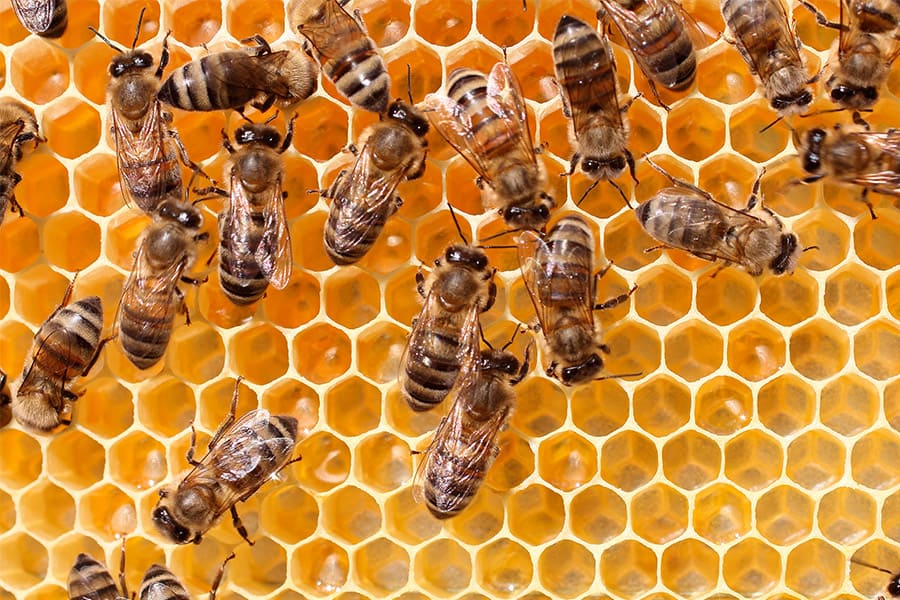



Article by: Hari Yellina
As the outbreak in New South Wales spreads further, authorities have limited the flow of bees and hives into Victoria’s Sunraysia region. Although none of the mites have been found in Victoria, a permission is now required to transport bees into the Sunraysia region, which borders NSW. The varroa mite, which is fatal to bees, is currently present in 24 sites in New South Wales. Over the weekend, the parasite was found in another location, 400 kilometres away from the Newcastle-area instances. There are worries about the upcoming almond pollination season because of the major threat posed by Varroa destructor to bee populations and enterprises that depend on pollination in horticulture.
If beekeepers have relocated bees from NSW since the beginning of the year, they must inform Agriculture Victoria. Prior to April 1, they only had to inform the authorities if they transported bees into Victoria. However, there are new exceptions to the rules that allow for the unfettered entry and movement of processed honey, wax, and new beekeeping gear and equipment into and within Victoria. Anyone bringing hives into the Sunraysia region would need a licence under the new Victorian regulations, even if they are coming from another part of Victoria. The export of bees and hives from New South Wales is prohibited in all of the states that surround it. Stephen Dibley, Victoria’s Deputy Chief Plant Health Officer, predicted that the modifications will provide the almond business assurance before pollination.
If varroa was found in Victoria, according to him, it would also aid with contact tracking. According to Dr Dibley, “the permit system helps ensure that the almond pollination can occur in a way that won’t jeopardise Victoria’s bees.” “Please visit the Agriculture Victoria website and submit an application for a permit if you intend to transport beehives to the Sunraysia region from any location.” According to Agriculture Victoria, around 277,000 hives, over half of which typically originate from NSW and Queensland, are required by Sunraysia almond growers to pollinate their crops in August. Flooding, according to NSW authorities, is impeding surveillance and eradication attempts.